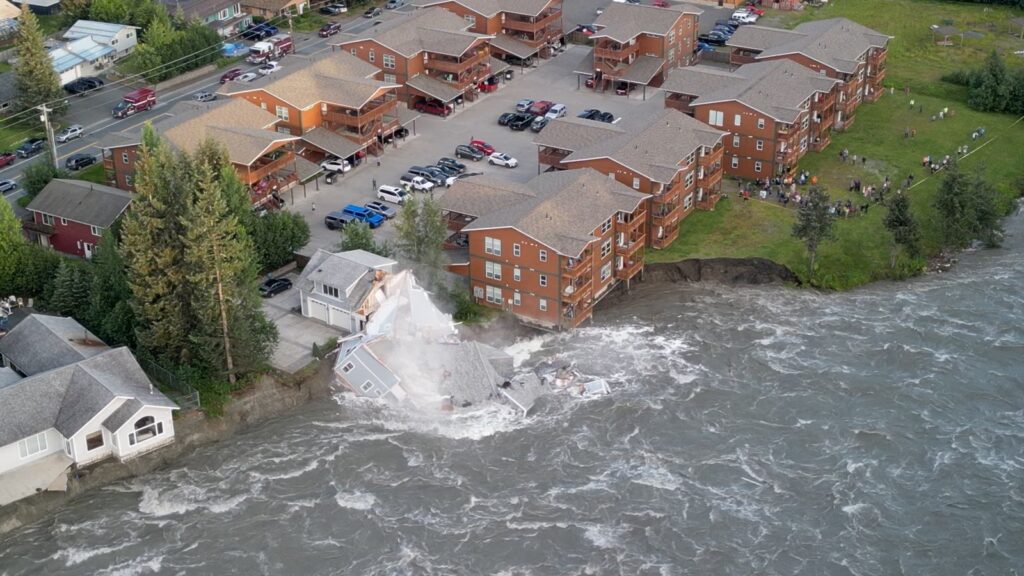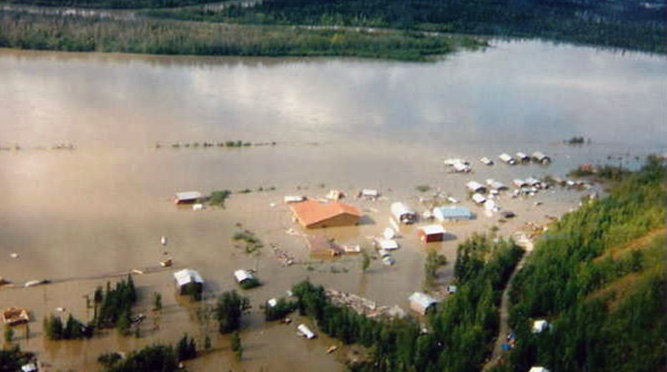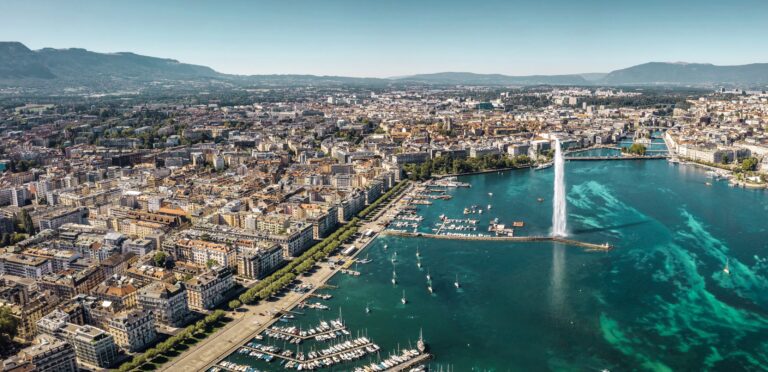
House Collapses in Junaeu, Alaska due to flooding
On July 16, 2025, a powerful magnitude 7.3 earthquake struck offshore near Sand Point in the Aleutian Islands at approximately 12:37 p.m. local time. Centered around 22 miles deep and approximately 50–54 miles south of Sand Point, the quake prompted immediate tsunami alerts stretching roughly 700 miles (1,127 km) across Alaska’s southern shore—from Kennedy Entrance near Homer to Unimak Pass.
Communities including Kodiak, Unalaska, King Cove, Cold Bay, and Sand Point activated emergency protocols and evacuated to higher ground. “Tsunami warnings mean that a tsunami with significant inundation is possible or already occurring,” cautioned the National Tsunami Warning Center.
Evacuation & Wave Impact Were Brief and Limited
Though the tsunami threat was taken seriously, the warnings were downgraded to an advisory within about an hour, then officially canceled later that afternoon. Buoy readings at Sand Point recorded only a roughly 3 inch (2–2.5″) sea-level rise—well below thresholds for hazardous flooding.
Residents reported minimal damage: a brief surge of water at Sand Point, some broken goods (e.g., bottles and items off shelves) in local stores, and no reported injuries or structural damage. As Sand Point’s police chief remarked, “it smells horrendous in here” from spilled liquids, but no serious losses were reported.
Seismic Activity & Rising Regional Concern
The main shock was followed by more than 40 aftershocks within three hours, according to the Alaska Earthquake Center. This event marks the fifth magnitude‑7+ quake recorded in the same region since 2020, underscoring an ongoing seismic trend along the Aleutian subduction zone.
Seismologist Michael West observed that this pattern “is part of a larger sequence spanning the last several years,” and cautioned that the region remains capable of producing larger events—and therefore continued tsunami risk.

Historical Context: Tsunamis & Flooding Risk
Alaska has a long history of powerful coastal earthquakes and tsunamis. Notable precedents include the 1883 event at Augustine Volcano, the famed 1958 Lituya Bay megatsunami, the 1964 Great Alaska Earthquake, and a more recent tsunami in Icy Bay in 2015. Experts note heightened urgency around earthquake‑driven tsunamis because remote coastal populations often only have minutes, rather than hours, to evacuate.
Community Preparedness & State Response
Communities responded swiftly: schools, workplaces, and homes activated evacuation plans. The U.S. Coast Guard moved personnel in Kodiak to safe zones . Local emergency teams rehearsed protocols for tsunami sheltering and relocation.
Although this week’s event caused no fatalities, the swift catalysis of emergency measures demonstrates that both residents and authorities are taking lessons from history to heart.
Takeaways & Next Steps
- Tsunami warnings are not rare in Alaska, but even moderate quakes (M7+) can prompt them.
- The July 16 quake triggered only minimal coastal flooding. But given the region’s seismic activity, future events could intensify this risk.
- Repeated magnitude‑7+ earthquakes since 2020 suggest an “active sequence”—underscoring the need for ongoing monitoring and community readiness.
Conclusion
While the coastal event on July 16, 2025, led to a tsunami warning and minor flooding, the measured response and minimal damage reflect an Alaskan coast better prepared than ever. Still, with seismic activity on the rise and a history of damaging tsunamis, authorities and residents must remain vigilant. Enhanced monitoring, clear evacuation protocols, and resilient infrastructure will be essential in facing future risks. Alaska’s coastal communities—and indeed anyone living near subduction zones worldwide—should interpret this week’s incident as a firm reminder: disaster preparedness is not optional.



